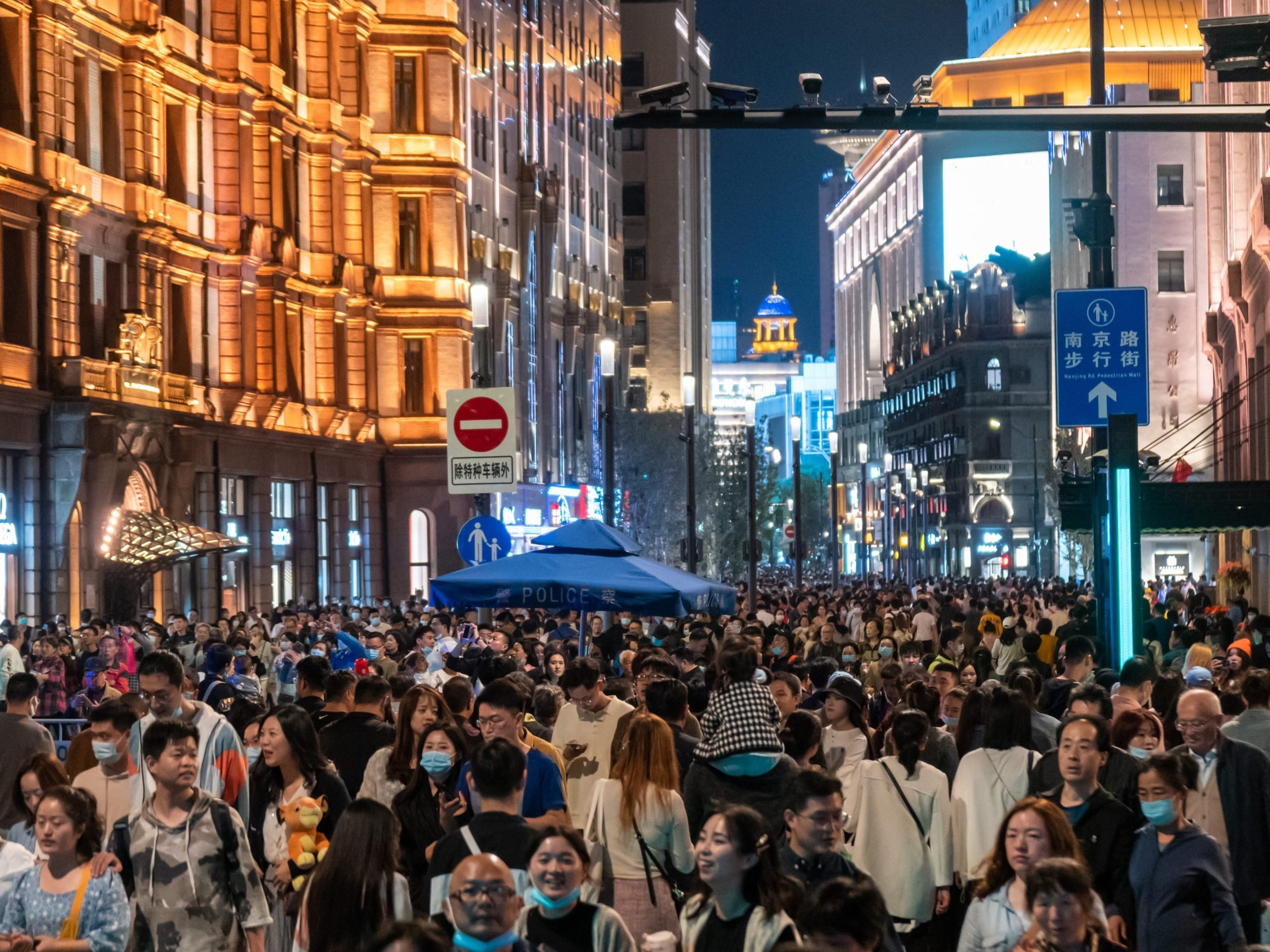
Costfoto/Barcroft Media via Getty Images
- China's population growth rate in the last decade was its slowest since the 1950s.
- According to the country's latest census, couples are delaying having children due to rising costs.
- The country reversed its one-child policy in 2016 and replaced it with a two-child limit.
- Visit Insider's homepage for more stories.
In its once-in-a-decade population census, China reported its slowest population growth rate since the 1950s.
The numbers were released on Monday in the country's latest census report- revealing that the average annual growth rate of the Chinese population over the last ten years had declined to 0.53%, down from 0.57% between 2000 and 2010.
The country's statisticians attributed this dip in the population to a flagging birth rate, as couples delay having a family and more women choose not to have children.
While the country's total population remains at a solid 1.41 billion people, Reuters reported that China missed a target it set in 2016 to get to 1.42 billion people by 2020.
China's setting of this population growth goal in 2016 coincided with the reversal of its one-child policy, a mandate put in place by the Chinese government in 1979 to curb the country's booming population, which limited families to one child for an entire generation.
Chinese couples can now have two children, according to the new policy implemented in 2016. According to a Guardian report in 2019, local Chinese officials even began actively encouraging newlyweds to reproduce, with subsidies and bonuses for new parents.
It seemed to have worked
"The share of children rose again, proving that the adjustment of China's fertility policy has achieved positive results," said Ning Jizhe, head of China's National Bureau of Statistics in the report released on Monday.
But, Ning noted, the disproportionate number of older Chinese would "put pressure on the long-term balanced development of the population in the coming period."
"In the future, at some time, China's population will peak someday but there are still uncertainties. For some time to come, China's total population will be kept at above 1.4 billion," Ning said, adding that China would continue to have a thriving labor force for the foreseeable future.
China's millennials delay having kids amid high costs of raising children
Choosing not to have children is not a new trend in China. It was reported as early as 2002 that Chinese couples were choosing to live the "double-income-no-kids" (or DINK) lifestyle.
But the mounting pressures faced by China's millennials may be intensifying their reluctance to reproduce. The South China Morning Post also reported that more of China's millennials were facing mountains of debt and exorbitant costs of living, making them hesitant to have children and take on a heavier financial burden.
In 2005, raising a child to the age of 18 ran a family 490,000 CNY ($74,838), according to Reuters. But local media reports from 2020 now put the cost around 1.99 million CNY ($309,025).
There's also the cost felt in lost wages. Annie Zhang, a 26-year-old insurance professional in Shanghai who wed last April, told Reuters that having a child would be a "devastating blow to career development" for women like her.
"The cost of raising a kid is outrageous," she said. "You bid goodbye to freedom immediately after giving birth."
Yong Cai, professor of sociology at the University of North Carolina, told CNN China is moving demographically from a "high fertility, high mortality" country to a "low fertility, low mortality" model.
"The Chinese government is very aware of that, and a structural adjustment is ongoing," he said.
